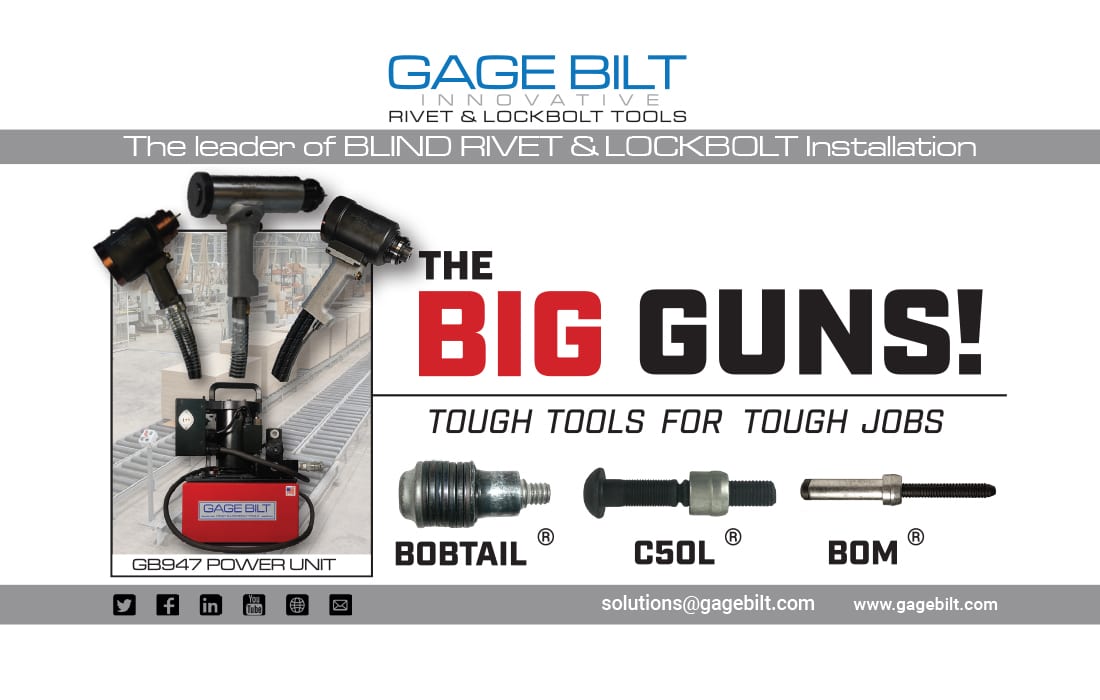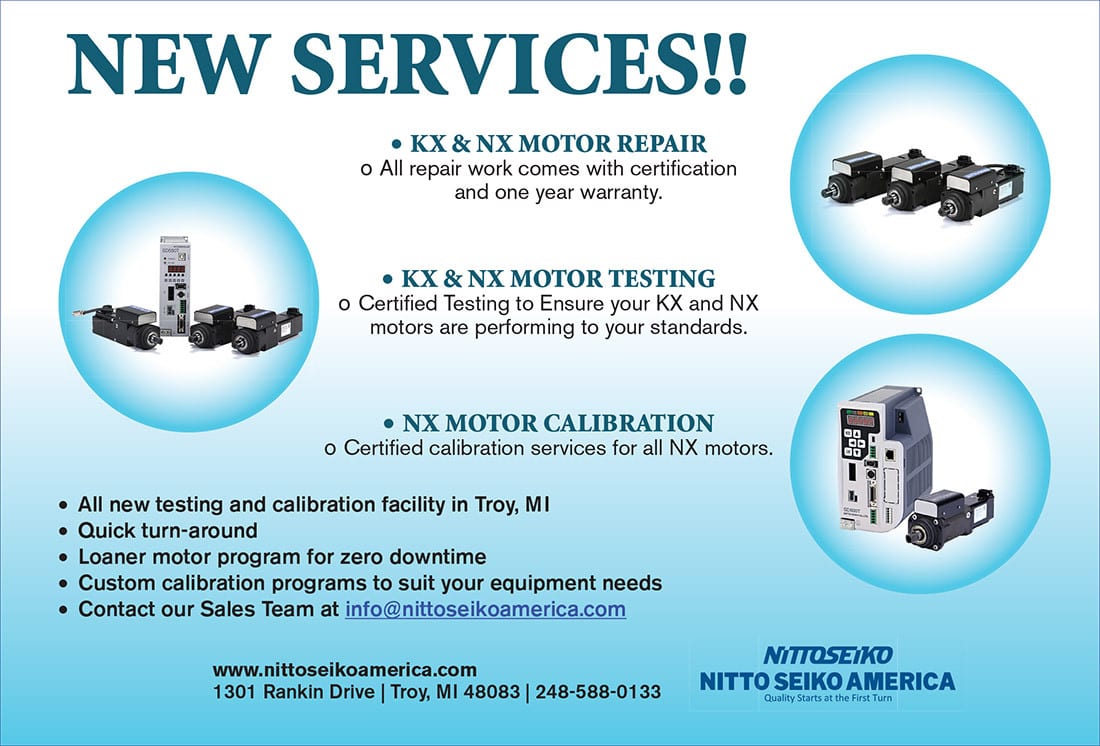MONTH 2023

Screwdriving and Riveting
Labor shortages are driving new demand for automation.
Options for Screwfeeding
Loll Designs manufactures durable, all-weather, outdoor furniture and accessories made with high density polyethylene. Photo courtesy Loll Designs
Stainless steel fastener resists corrosive outdoor environment.
Plastic Furniture
Threaded Inserts Enable Assembly of
John Sprovieri // Chief Editor
Threaded inserts are a great option for fastening thermoplastic parts. With inserts, parts can be safely and securely fastened using bolts, which means they can be easily disassembled and reassembled over and over again. When fastening with screws driven directly into plastic, there is a risk of creating crossed or stripped threads every time the parts are rejoined.
An additional benefit is high load-carrying capability. Inserts are generally twice the diameter of a screw, which increases the shear surface fourfold.
There are many types of insert. Some are installed during molding. Others are pressed in. Expansion inserts are pressed into the plastic and expand when the mating screw is installed. Self-tapping inserts driven into a hole like a screw. Other inserts are installed with a heated tool or an ultrasonic tool. Which to choose depends on the material.
For example, self-tapping inserts are available in thread-forming or thread-cutting versions, depending on the ductility of the plastic. Thread-forming versions are best for ductile plastics. Their coarse threads prevent reaming out the hole. Thread-cutting versions are better for brittle materials.
If the insert will be installed with heat or ultrasonics, a big consideration is the heat deflection temperature of the plastic. Overheating the insert could force excess plastic out of the hole during insertion. On the other hand, too little heat could result in cold-pressing the insert. The goal is to maximize the displaced plastic within the knurls, grooves and undercuts of the insert.
Hole size is another consideration. If the plastic contains glass or mineral fillers, the recommended hole size may have to be increased. A rule of thumb is that if the filler content is equal to or greater than 15 percent, increase the size of the hole by 0.003 inch. If the filler content is equal to or greater than 35 percent, increase the size of the hole by 0.006 inch.
Other general considerations that can affect the performance of a threaded insert are the configuration of the hole (straight vs. tapered), the wall thickness, and whether the holes are molded or drilled.
Threaded Inserts for Outdoor Furniture
One manufacturer that takes advantage of threaded inserts for assembly is Loll Designs in Duluth, MN. The company designs and manufactures durable, all-weather, outdoor furniture and accessories made with high density polyethylene (HDPE).
Originally, the company used recycled postindustrial plastic (scrap that has been diverted or recovered during the manufacturing process). But by 2007, it began sourcing post-consumer plastic (items, such as milk jugs and shampoo bottles, that have been used by consumers and diverted or recovered from waste destined for a landfill). Loll’s #2 HDPE material is one of the most recyclable plastics and can change again into another useful product when that day comes.




Loll is green in other ways, too. For example, it created recycling programs for anything that can be recycled, including recycling more than 88 percent of its manufacturing waste. The company even diverts heat produced as a byproduct of the production process to heat its facility in the winter months.
Recently, Loll Designs received an order to provide deck furniture for one of the world’s largest cruise ships, the Carnival Radiance, a Destiny-class cruise ship operated by Carnival Cruise Line. With 13 decks and weighing 101,509 gross tons, the Carnival Radiance is 893 feet long and 116 feet wide. At full capacity, it can carry 3,470 passengers and 1,100 crew members. The ship’s maiden voyage was in 2000, and it underwent a $200 million renovation in 2021.
After receiving the order for deck furniture, Greg Benson, CEO of Loll Designs, knew he was going to need an insert that could resist the corrosiveness of the saltwater environment. Loll had long been using custom brass inserts from the Yardley Inserts division of Bearon Manufacturing LLC in Landisville, PA. Could the company make a similar insert from 316 stainless steel?
Benson reached out to longtime contact Ken Grady, vice president of Yardley Inserts, after working with him in the past. “I enjoy working with Yardley as they provide quality products with a fast turnaround which allows my team to get the job done and please our customers,” says Benson. “I had another company interested in the job, but Yardley, because they produce their inserts in the U.S., could provide the solution faster.”
In their first encounter, Grady recommended a custom insert in a barrel shape, because he felt it would work best in plastic. Once that was decided, Yardley sent Benson multiple sample sizes of the custom insert, which would undergo extreme testing at the University of Minnesota.
During the testing process, the custom inserts were installed in the plastic. Then, an Instron Universal Testing System was used to determine at what force the inserts could be pulled from the plastic. The winning custom insert size required 800 pounds per square inch to be removed from the plastic, which was ideal for this deck chair application.
As for the furniture, it has been onboard the ship for months. The fun colors and functional designs allow passengers to enjoy the sun and sea air in comfort and style.
For more information on threaded inserts, visit www.bearonmfg.com.
Inspection System
ASSEMBLY ONLINE
For more information on fastening plastics, visit www.assemblymag.com to read these articles:








